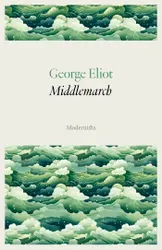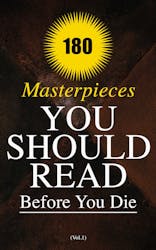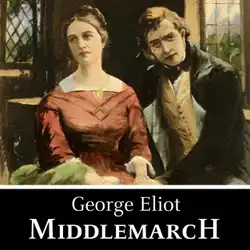The Beautiful and the Damned by F. Scott Fitzgerald immerses readers in the glittering excesses of Jazz Age New York, offering a scintillating portrayal of love, wealth, and the pursuit of happiness. The novel revolves around a captivating couple, Anthony Patch and Gloria Gilbert, as they navigate the dazzling yet perilous world of high society. Blessed with youth, beauty, and inherited wealth, they revel in a lifestyle of extravagance, yet their hedonistic pursuits lead them down a destructive path. As the shadow of the First World War looms, so does the impending doom of their glamorous existence.
Fitzgerald's keen observations and lyrical prose provide a poignant commentary on the American Dream, unraveling the delicate threads that bind love and ambition. The Beautiful and the Damned stands as a compelling and cautionary tale, reflecting the author's insight into the intoxicating allure and ultimate consequences of a life lived in pursuit of fleeting pleasures.
F. SCOTT FITZGERALD [1896-1940] was an American author, born in St. Paul, Minnesota. His legendary marriage to Zelda Montgomery, along with their acquaintances with notable figures such as Gertrude Stein and Ernest Hemingway, and their lifestyle in 1920s Paris, has become iconic. A master of the short story genre, it is logical that his most famous novel is also his shortest: The Great Gatsby [1925].












